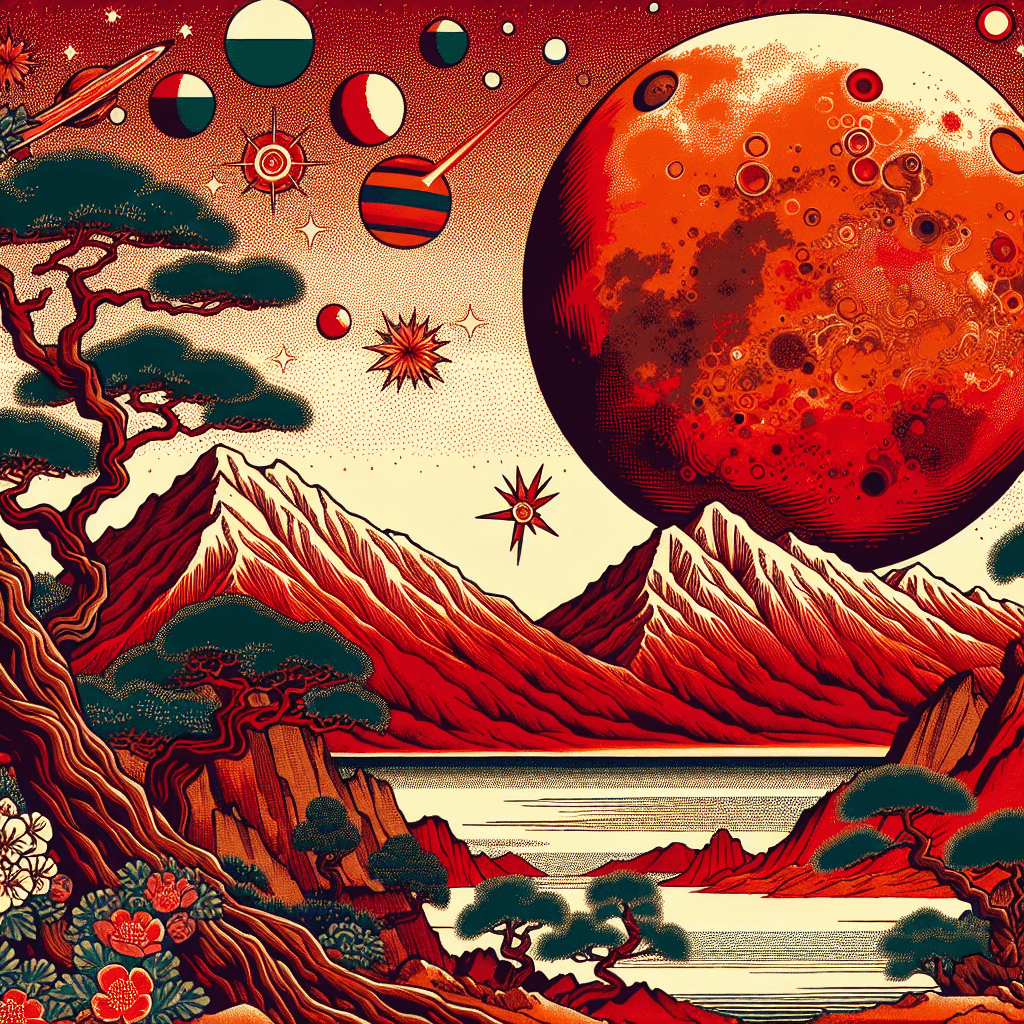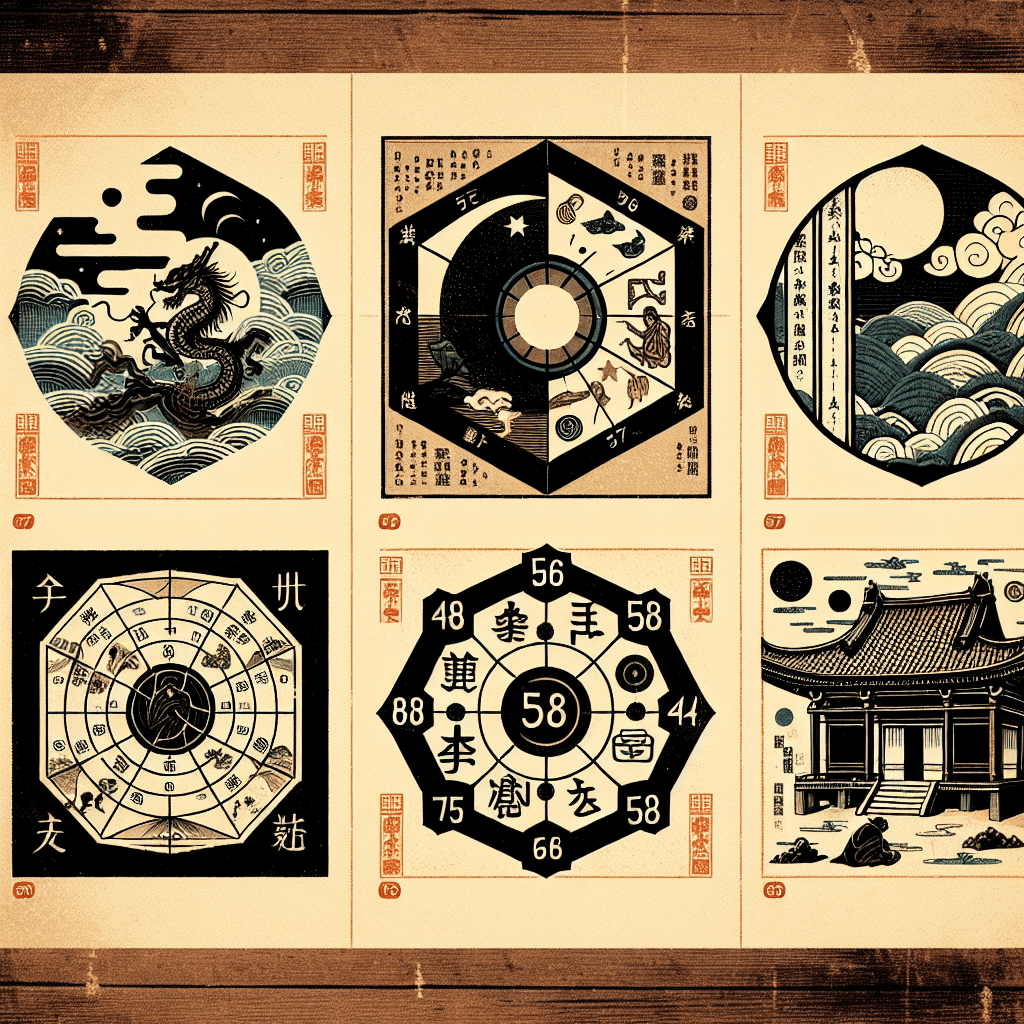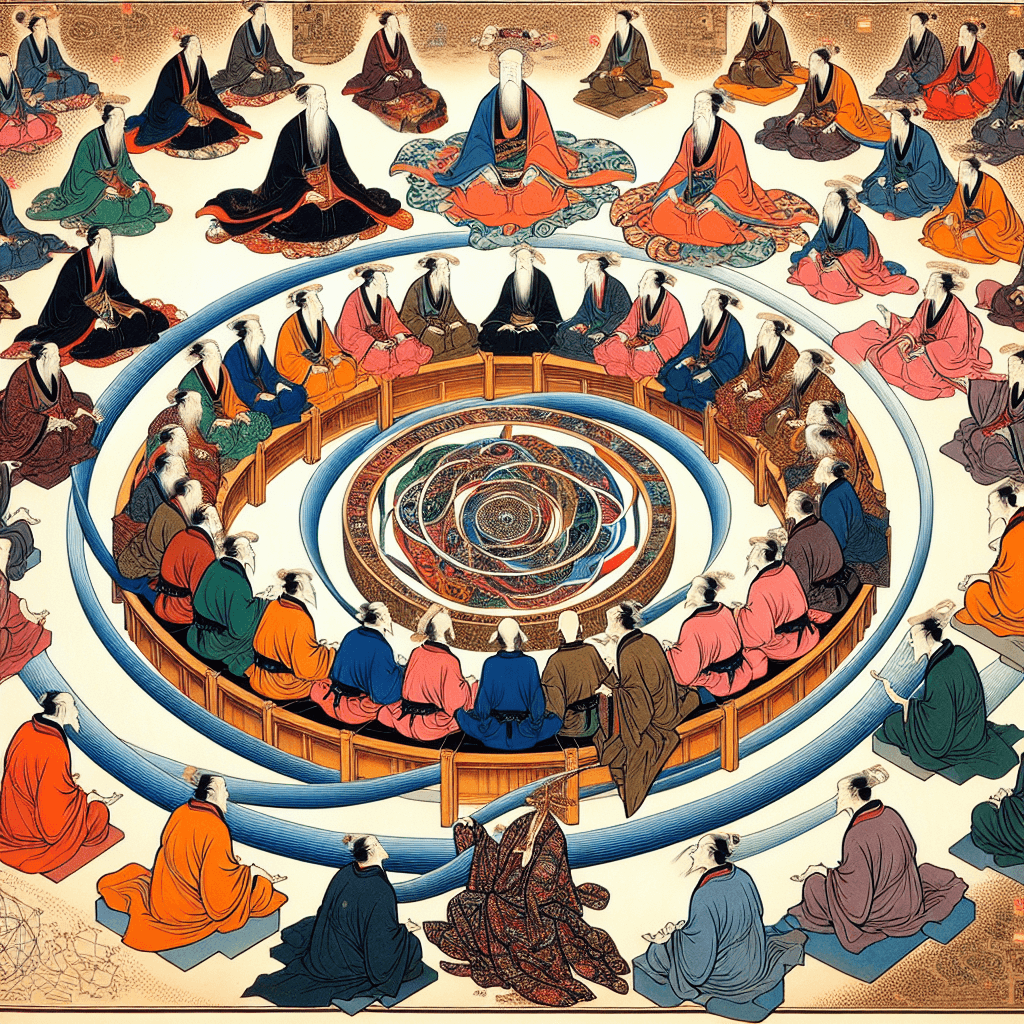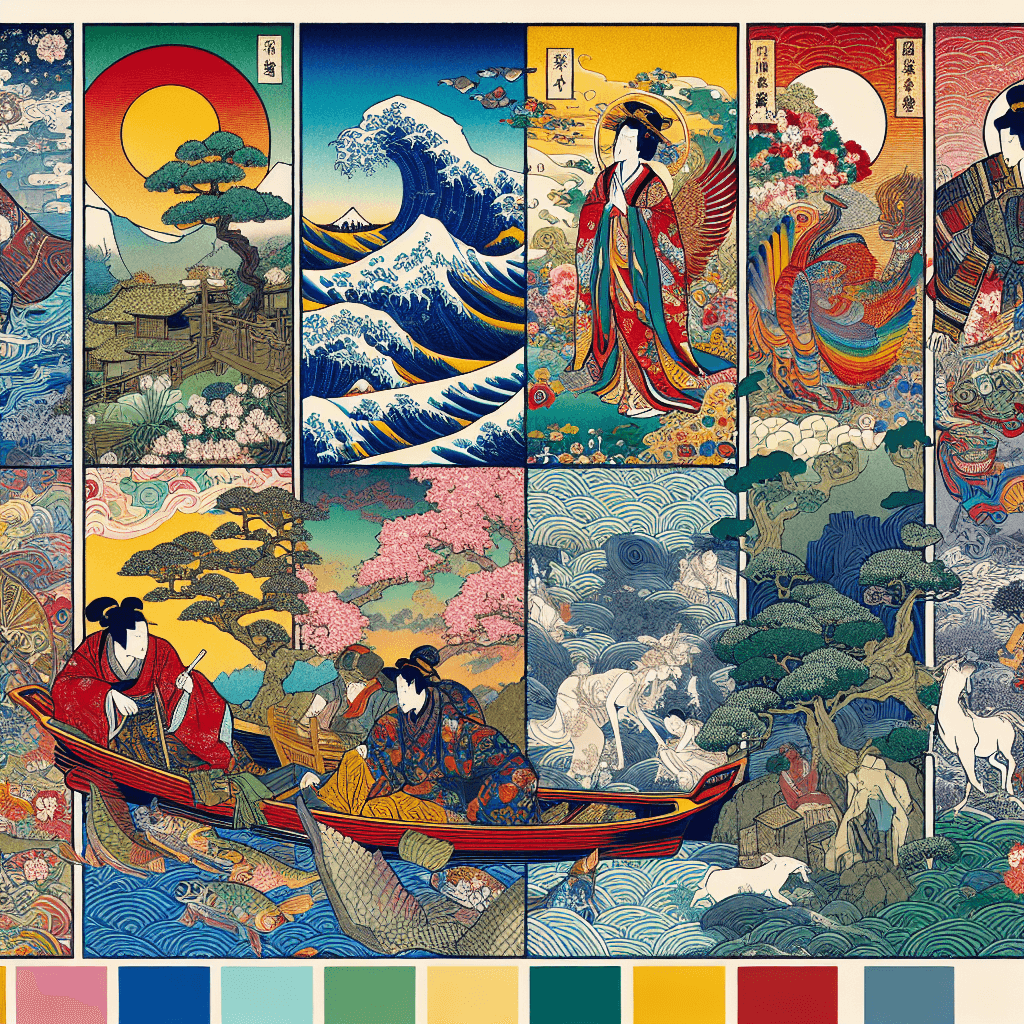The Red Planet: An In-depth Look at Mars
syndu | Oct. 28, 2023, 10:12 a.m.

The Red Planet: An In-depth Look at Mars
Mars, often referred to as the 'Red Planet', is the fourth planet from the Sun in our solar system. Named after the Roman god of war, Mars is a terrestrial planet with a thin atmosphere, and it has surface features both reminiscent of both Earth and the moon.
Physical Characteristics:
Mars is approximately half the diameter of Earth, but with only about one-tenth the mass, making it less dense than our home planet. This smaller size and mass allow Mars to have a much weaker gravitational pull, only about 37% of Earth's. The planet's surface is rocky, with a composition similar to Earth's basalt. The iron minerals oxidize, or rust, causing the soil and atmosphere to look red.
Mars is home to the highest mountain and the deepest, longest valley in the solar system. Olympus Mons is roughly 13.6 miles high, nearly three times the height of Mount Everest, which is about 5.5 miles high. Valles Marineris, a system of canyons, runs more than 2,500 miles long and reaches depths of up to 4 miles.
Atmosphere and Climate:
Mars has a very thin atmosphere, composed mostly of carbon dioxide, with traces of nitrogen and argon. The atmospheric pressure on Mars is much lower than on Earth, which means liquid water cannot exist for long on the planet's surface.
The climate on Mars is much colder than on Earth, with an average temperature around -80 degrees Fahrenheit. In winter, near the poles temperatures can get down to -195 degrees Fahrenheit. A summer day on Mars may get up to 70 degrees Fahrenheit near the equator, but at night the temperature can plummet to about -100 degrees Fahrenheit.
Unique Features and Phenomena:
One of the most intriguing aspects of Mars is the presence of what appears to be liquid water at times. Satellite images have shown what look like gullies and streams that change over time, suggesting that water might flow across the surface. However, this is still a topic of much debate among scientists.
Mars also has the largest dust storms in the solar system. They can last for months and cover the entire planet. These storms are a result of the thin atmosphere and the planet's distance from the sun.
In conclusion, Mars is a planet of extremes: from its towering volcanoes and deep canyons to its frigid temperatures and raging dust storms. Yet, its potential to harbor water gives scientists hope that it might be the most likely place in our solar system beyond Earth to have once supported life - and may still do so today.


